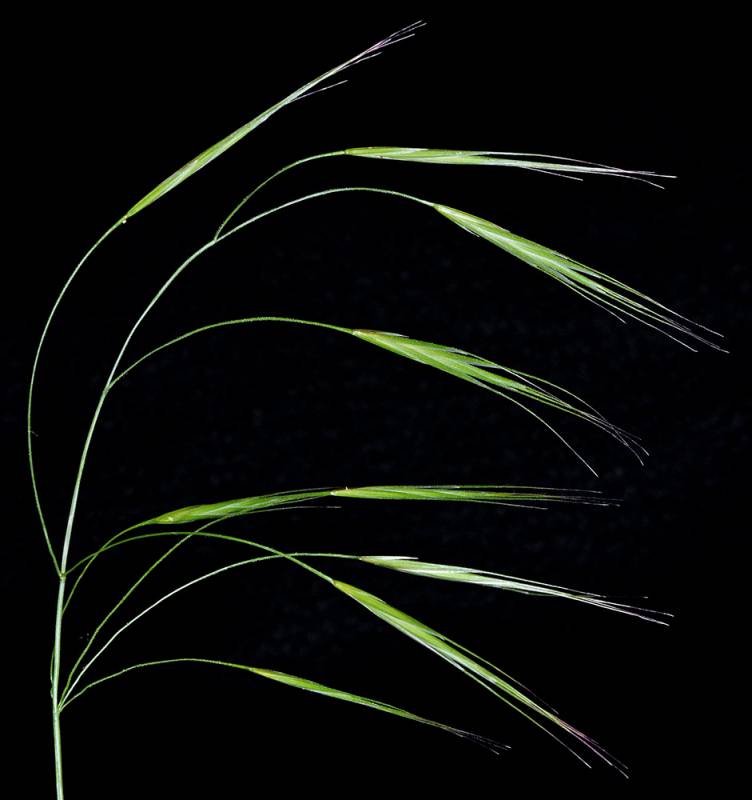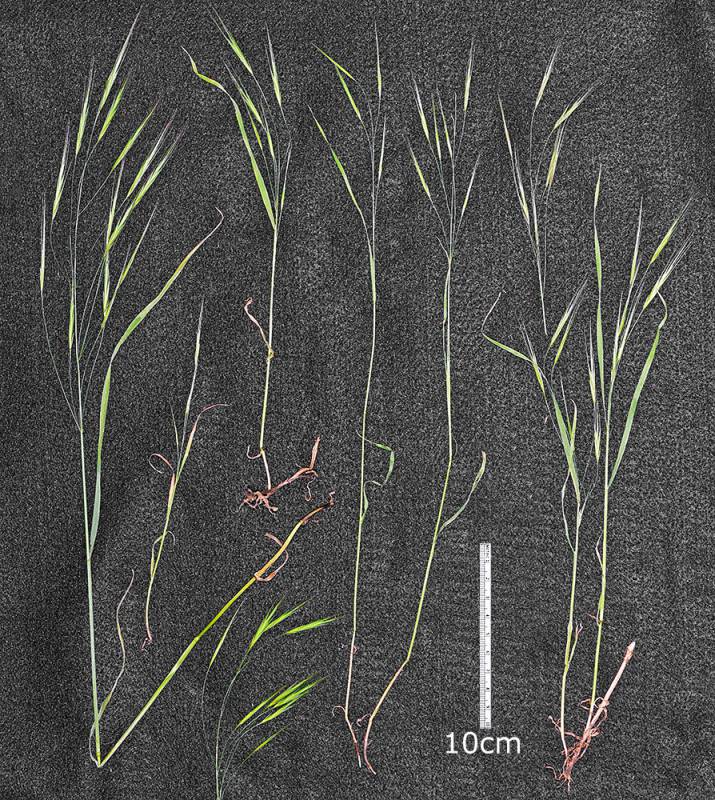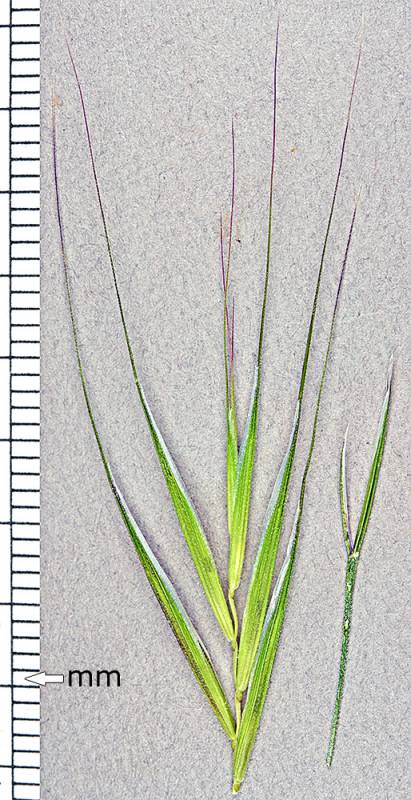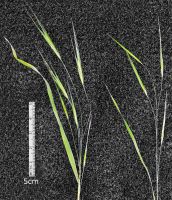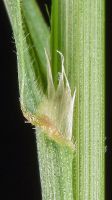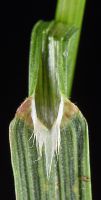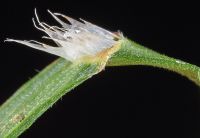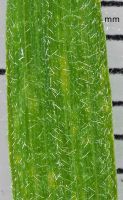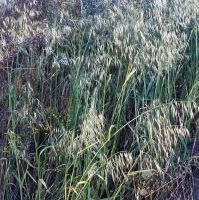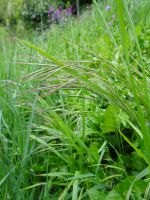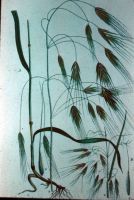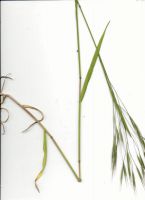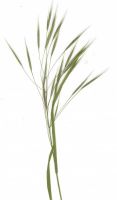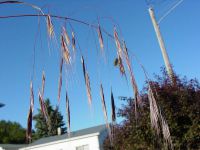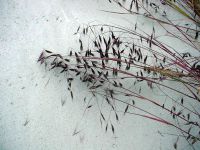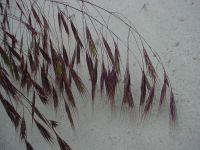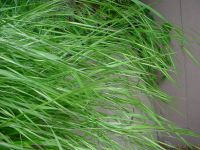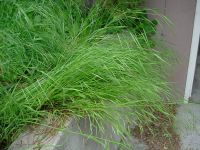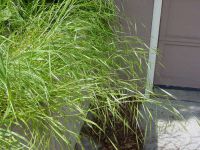Distribution: Occurring chiefly west of the Cascades crest in Washington; Southern British Columbia to California, east to Idaho, the southern Rocky Mountains, and Texas; also in eastern North America.
Habitat: Fields, grassy balds, roadside, wastelots, and other disturbed places.
Flowers: May-July
Origin: Introduced from Europe
Growth Duration: Annual
Conservation Status: Not of concern
Pollination: Wind
Annual, the culm 5-10 dm. tall, usually soft-pubescent throughout.
Sheaths closed; ligules 2-3 mm. long, lacerate; blades flat, 2-3 mm. broad.
Inflorescence a narrow panicle 8-12 cm. long, the branches shorter than the spikelets, strictly erect; spikelets 5- to 7-flowered, 2-2.5 mm. long; first glume 1-nerved, 7-10 mm. long, the second 3-nerved, 2-3 mm. longer; lemmas about 13 mm. long, obtuse, only slightly bifid, the awn up to 30 mm. long; anthers exerted; ovary strongly hairy on the upper half.
Publication: Sp. Pl. 1: 77. 1753. 1753.
PNW Herbaria: Specimen records of Bromus sterilis in the Consortium of Pacific Northwest Herbaria database
WA Flora Checklist: Bromus sterilis checklist entry
OregonFlora: Bromus sterilis information
E-Flora BC: Bromus sterilis atlas page
CalPhotos: Bromus sterilis photos

